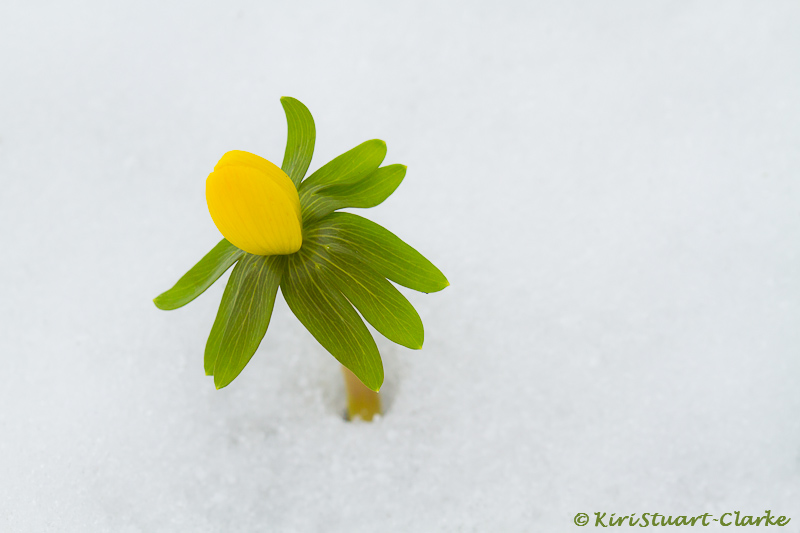The Yellow Iris, or Yellow Flag, Iris Pseudocorus, is one of surprisingly few native British pond Irises. The vibrant and beautiful Yellow Flag makes its home in the damp clay and loamy soils of wetlands and marshes. It thrives in the Fenland habitat of the Norfolk Broads and is widespread across the county.
Yellow Flag is rich in wildlife value, is popular with bees and hoverflies which pollinate its hermaphrodite flowers, The drooping yellow tepals provide a landing platform for insects. The dark yellow patch in the centre, surrounded by a zigzag line acts as a guide directing the insect towards the nectar source. It also acts as a caterpillar host plant for seven moth species including the Belted Beauty Red Sword-grass and Water Ermine. The remaining four moth caterpillars live inside its thick reed-like stems.
Frequently known as "Daggers" it has several other traditional names including Segg, Swordgrass also referencing its blade-like foliageas well as False Acorus, Fleur-de-lis, Water Flag.
It has a long folklore tradition, being said to be the original inspiration for the fleur-de-lis used in heraldic designs. In Ireland it was believed to avert evil and bunches were hung up outside doors during the feast of Corpus Christi. The rhizomous roots yield a black dye and ink and are extremely acrid. Traditionally the dried roots were also used medicinally as a cathartic, emetic and as an astrigent to halt bleeding, while the roast seeds were used to make a form of coffee, though there is uncertainty as to its toxicity. The plant also generated a pleasant essential oil, which was often used to dilute that of the Sweet Flag, Acorus calamus, giving rise to Yellow Flag’s alternative name of False Acorus
Sadly this species tends to gets overlooked by mainstream garden centres in favour of more popular blue-coloured Irises, which are actually Asian in origin, not native to the UK so do not afford the same value to wildlife.
With a little care Yellow Flag Iris can be a wonderful addition to most wildlife garden ponds. In particularly favourable conditions the Yellow Flag Iris will thrive and can become a little over vigorous, so growing it in containers is a good idea to avoid it taking off too dramatically, if you have a smaller ponds or bog gardens.
Fortunately my pond margin has plenty of room and mixed companion planting is providing competition from other marginal plants such as Purple Loosestrife, Meadowsweet, Water mint, Reedmace (Typha), true Bulrush (Scirpus Lacustris) to name but a few. So far this approach seems to have kept the pond margin mix nicely balanced.
Alternative names: Daggers, False Acorus, Flagon, Fleur-de-lis, Jacob’s Sword, Segg, Swordgrass, Water Flag, Water Skegs, Yellow iris, Yellow Flag
Moth Caterpillar host for: Belted beauty, Crescent, Crinan Ear, Red Sword-grass, Rush Wainscot, Water Emine, Webb’s Wainscot



